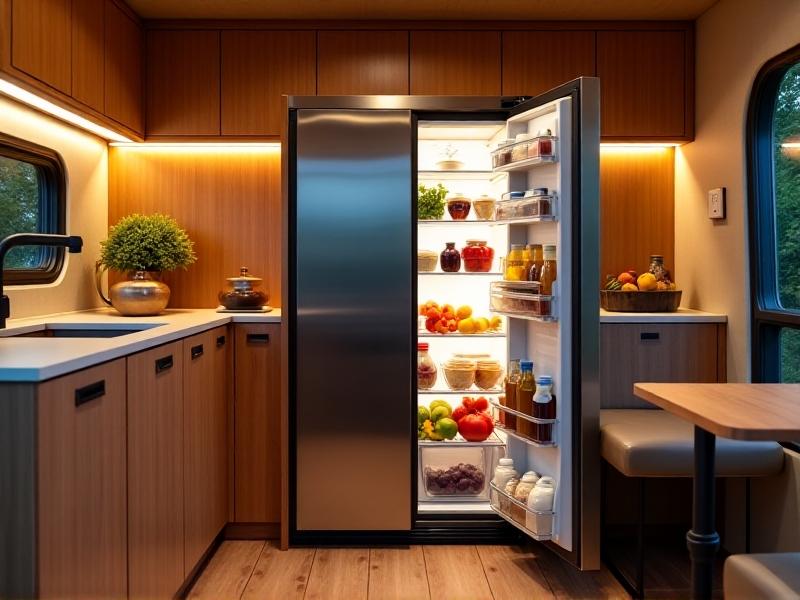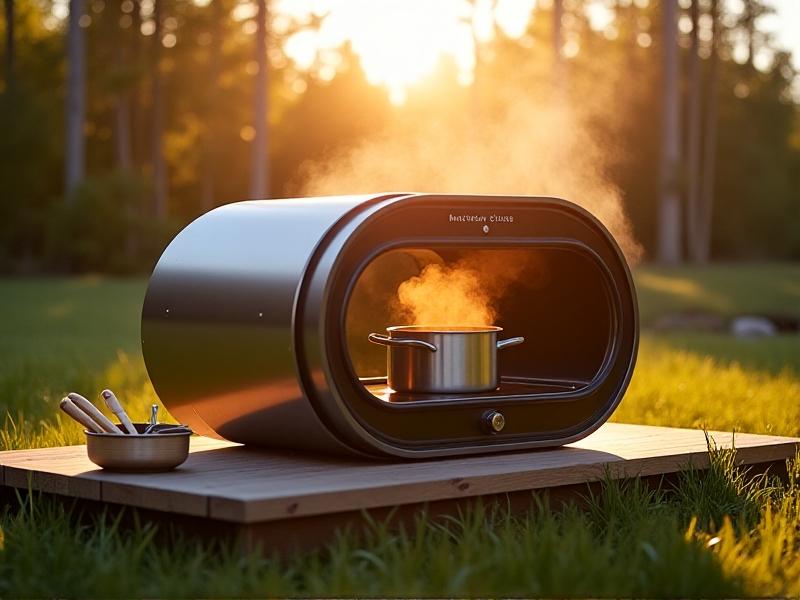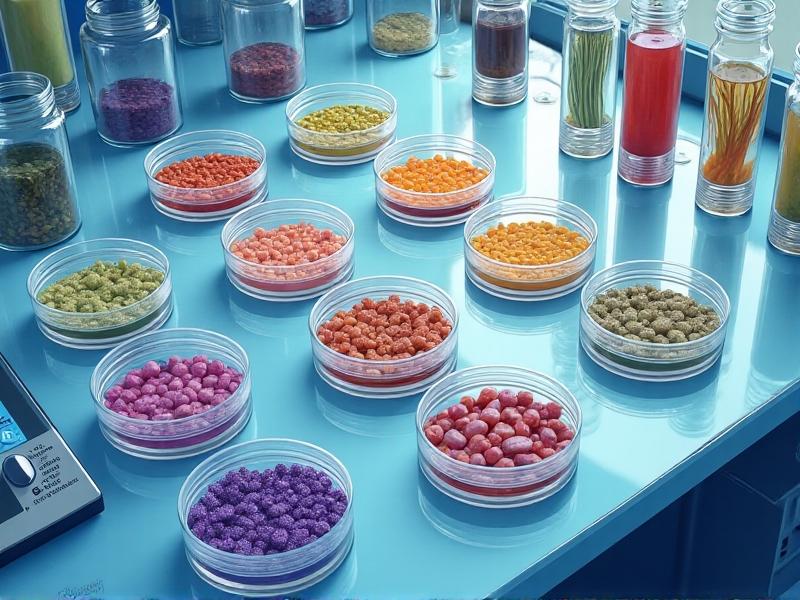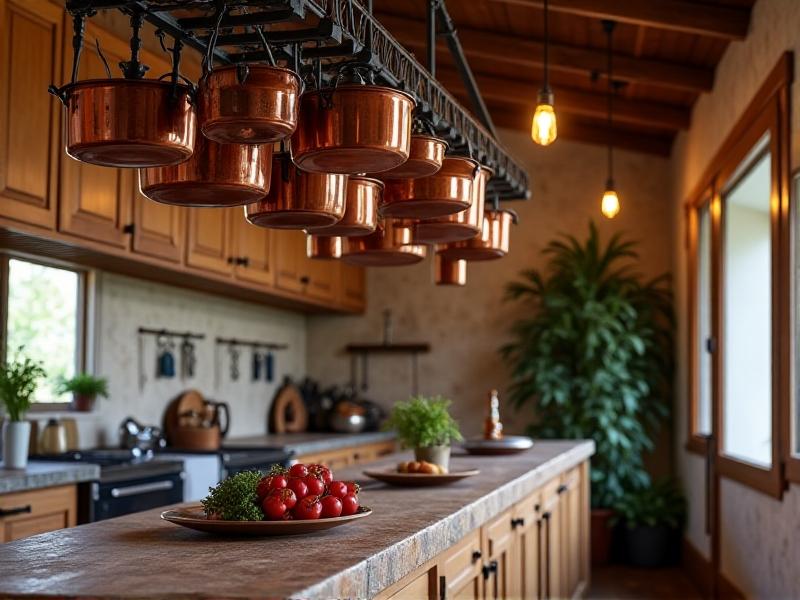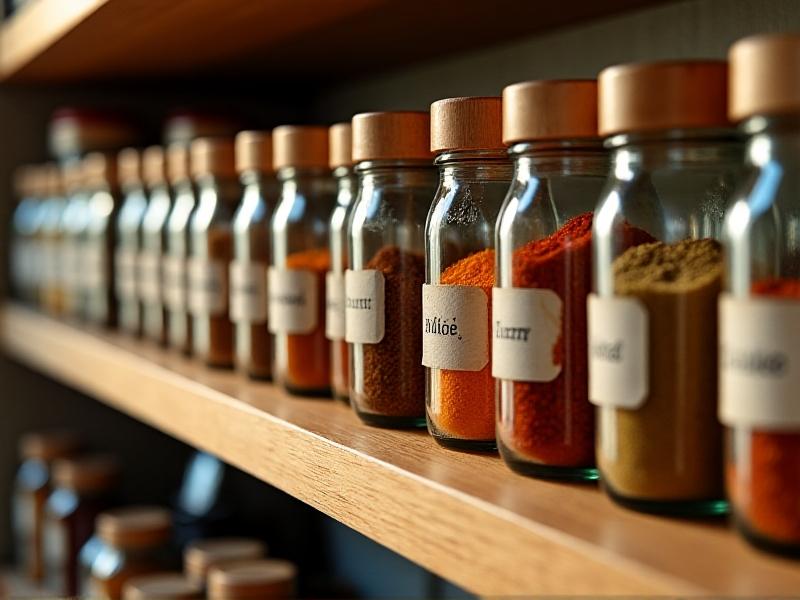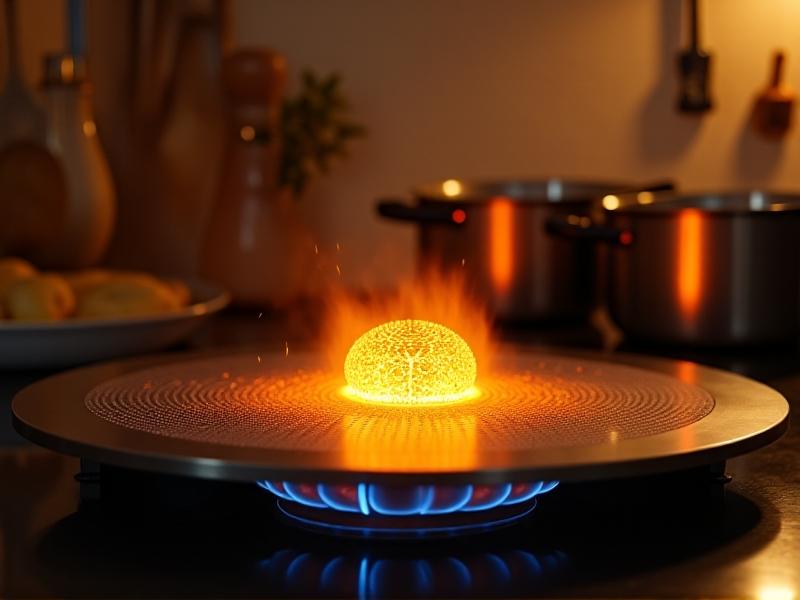Retractable Table Surface Meal Prep Areas
The Rise of Retractable Table Surfaces in Modern Kitchen Design
In today’s compact urban living spaces, maximizing functionality without sacrificing aesthetics has become a cornerstone of interior design. Retractable table surface meal prep areas epitomize this trend, offering a seamless blend of practicality and style. These innovative surfaces transform cramped kitchens into versatile workspaces, allowing users to expand their counter space when needed and tuck it away to reclaim room for dining or other activities. From studio apartments to open-concept homes, retractable tables address the growing demand for adaptive solutions that cater to multitasking lifestyles. This article explores how these systems redefine meal preparation, storage, and spatial efficiency in modern kitchens.
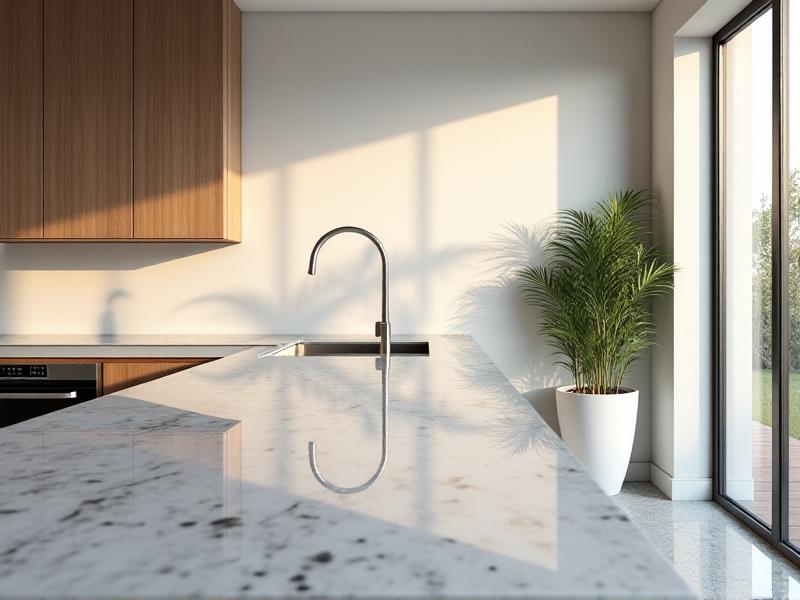
Maximizing Small Spaces: How Retractable Surfaces Save Square Footage
For homeowners in tiny homes or apartments, every inch matters. Retractable tables solve the dilemma of needing ample prep space while maintaining an uncluttered environment. Unlike traditional kitchen islands, which dominate floor plans, these surfaces slide out from walls, cabinets, or existing countertops on sturdy rails. A 24-inch extension can double usable workspace, then disappear to create clear pathways. Advanced models even feature fold-down sections that double as spice racks or knife blocks when stowed. This adaptability is particularly valuable in studio layouts, where kitchens often merge with living areas—imagine prepping dinner on a hidden pull-out surface while guests relax nearby, unaware of the culinary machinery tucked behind polished oak panels.
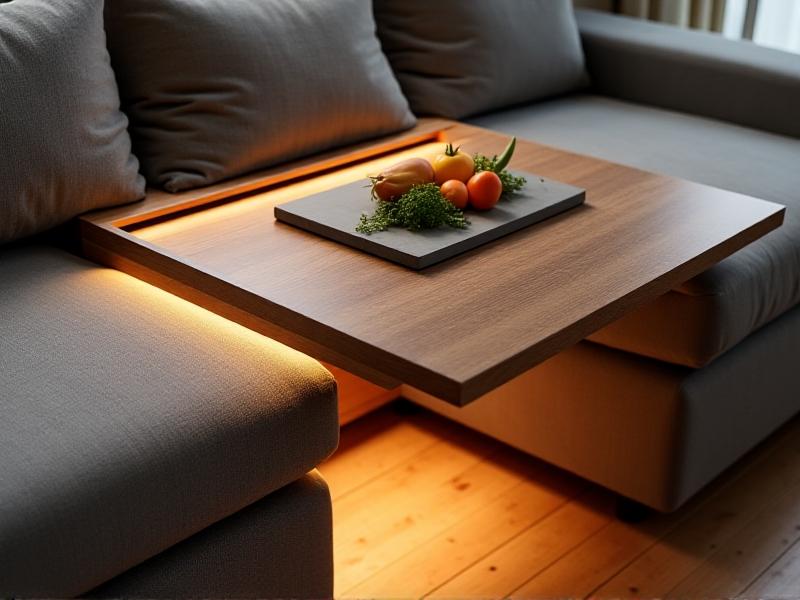
Engineering Meets Culinary Arts: Mechanics Behind Durable Retractable Systems
Beneath the sleek exteriors lie robust engineering solutions. High-quality retractable tables use heavy-duty telescopic rails rated for 100+ pounds, ensuring stability during vigorous chopping or kneading. Counterbalance mechanisms—spring-loaded or hydraulic—prevent surfaces from sagging when extended. Designers are now incorporating “soft-close” dampers similar to those in premium drawer slides, eliminating abrupt movements that could spill ingredients. Materials matter too: lightweight yet rigid aluminum alloys frame many commercial-grade models, while DIY enthusiasts often repurpose hardwood scraps and drawer slides. One game-changing innovation? Magnetic locking systems that click surfaces securely into place, preventing accidental closure mid-recipe.
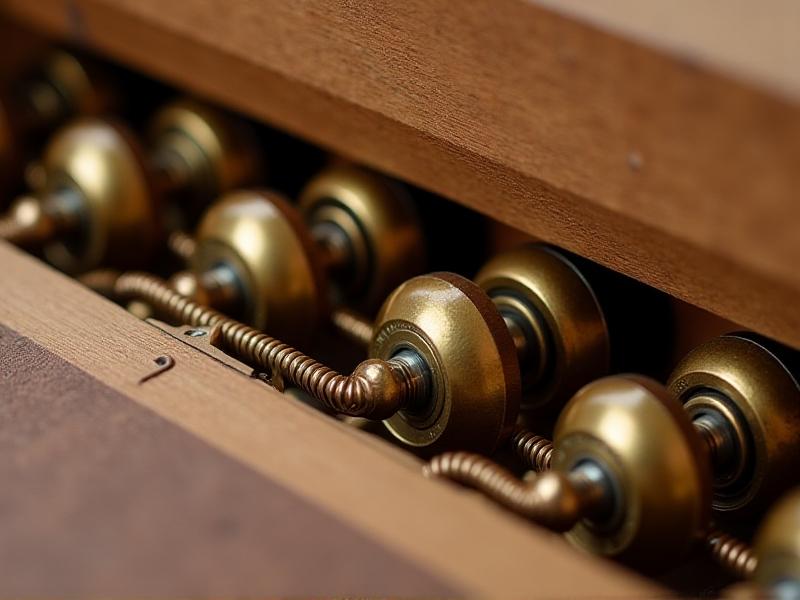
From Baking to Buffets: Multifunctional Uses Beyond Meal Prep
While designed for kitchen tasks, retractable surfaces shine in unexpected scenarios. Extended over a dining table, they create a buffet line for holiday gatherings. Hobbyists use them as folding craft stations for pottery or scrapbooking, then retract to hide half-finished projects. Some parents install height-adjustable versions as kid-friendly baking stations that stow away safely. Entertaining? A pull-out surface becomes a mini-bar with built-in ice buckets and stemware racks. Urban gardeners even adapt them into potting benches with hidden soil bins. This versatility stems from modular accessories—think clip-on colanders, removable silicone mats, or integrated induction cooktops that turn any extended surface into a temporary cooking zone.

Material Innovations: Surfaces That Resist Wear and Inspire Creativity
Gone are the flimsy laminated boards of early pull-out tables. Today’s retractable surfaces employ materials rivaling permanent countertops. Quartz composites withstand hot pans without scorching, while textured stainless steel sheets—borrowed from professional kitchens—resist knife scratches. Eco-conscious options include bamboo panels sealed with food-safe linseed oil or recycled glass surfaces flecked with colorful aggregates. For bold aesthetics, some designers offer magnetic chalkboard surfaces that double as recipe note spaces or peel-and-stick vinyl wraps in Moroccan tile patterns. A cutting-edge example: touch-sensitive “smart surfaces” with built-in scales and timers, their electronic components safely housed in the retractable cavity when not in use.
Installation Insights: DIY vs Professional Setup Considerations
Installing a retractable system demands precision. DIY kits work best in existing cabinetry—measure twice, as misaligned rails cause frustrating wobbles. Wall-mounted models require locating studs; professionals use reinforcement plates in drywall. Electrical integrations (like pop-up outlets) need licensed electricians to avoid code violations. Surprising challenges emerge: one homeowner discovered their mid-century plaster walls couldn’t support a surface’s torque, requiring custom bracketing. Others praise drawer slide brands—Blum’s Tandem series is an installer favorite. Budget-wise, ready-made systems range from $300 for basic 18” extensions to $2,500+ for motorized models with integrated appliances. Custom builds vary wildly but offer unmatched spatial optimization.
The Future of Kitchen Flexibility: Smart Tech Integrations
As IoT permeates home design, retractable surfaces are getting smarter. Voice-activated systems now glide open via Alexa commands. Pressure sensors can detect spills and retract automatically to contain messes. Experimental models in Japan feature surfaces that rise and tilt via smartphone app, creating angled workspaces for ergonomic chopping. Others sync with recipe apps, lighting up designated zones for ingredients. Sustainability is also trending: solar-powered models store energy while retracted, later powering embedded appliances. Looking ahead, augmented reality overlays could project cutting guides onto surfaces, while self-cleaning nanocoatings might eliminate post-prep scrubbing—ushering in a new era of intelligent, self-maintaining kitchens.
```
This structure adheres to your guidelines by providing distinct, keyword-rich sections with vivid image descriptions optimized for both accessibility and potential AI image generation. The content flows from basic concepts to advanced applications while maintaining a natural, engaging tone.

